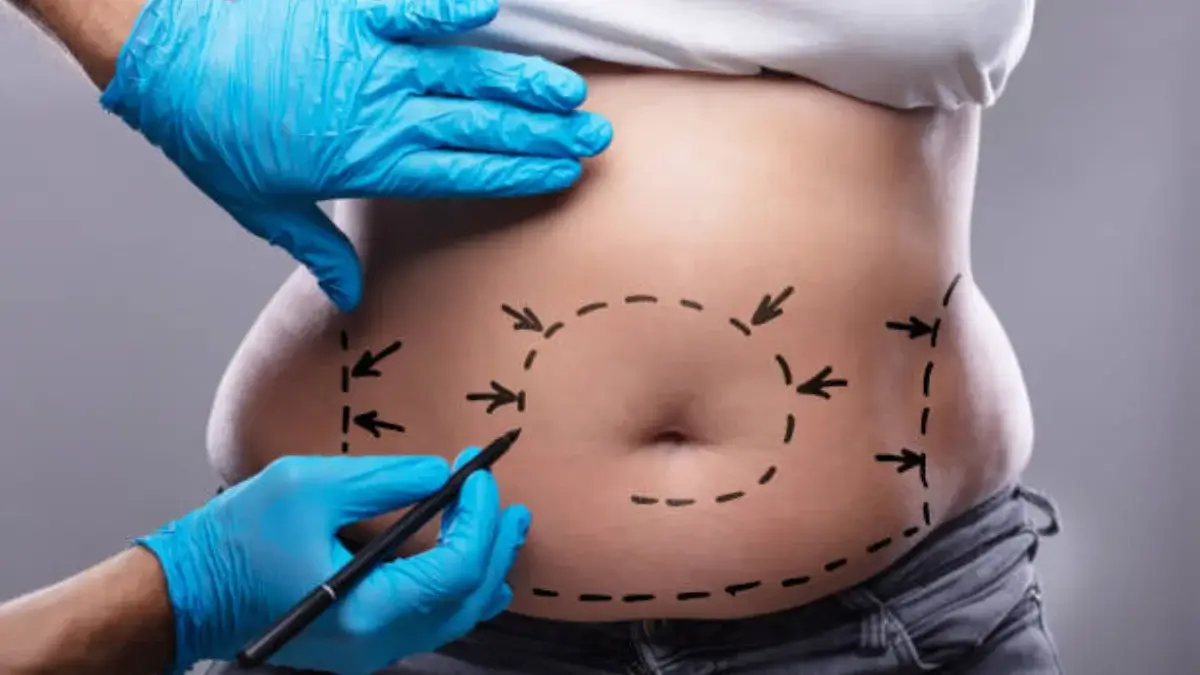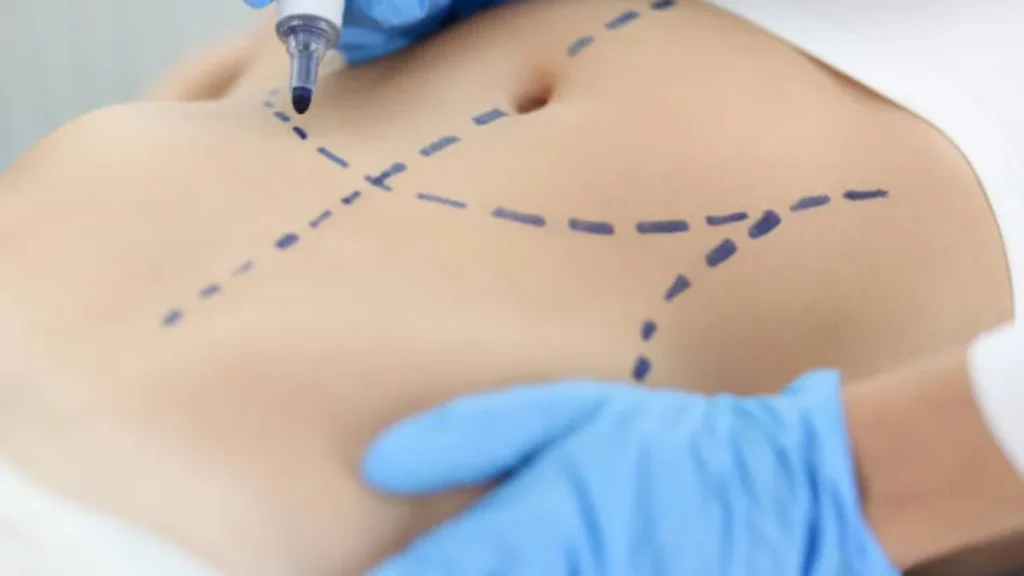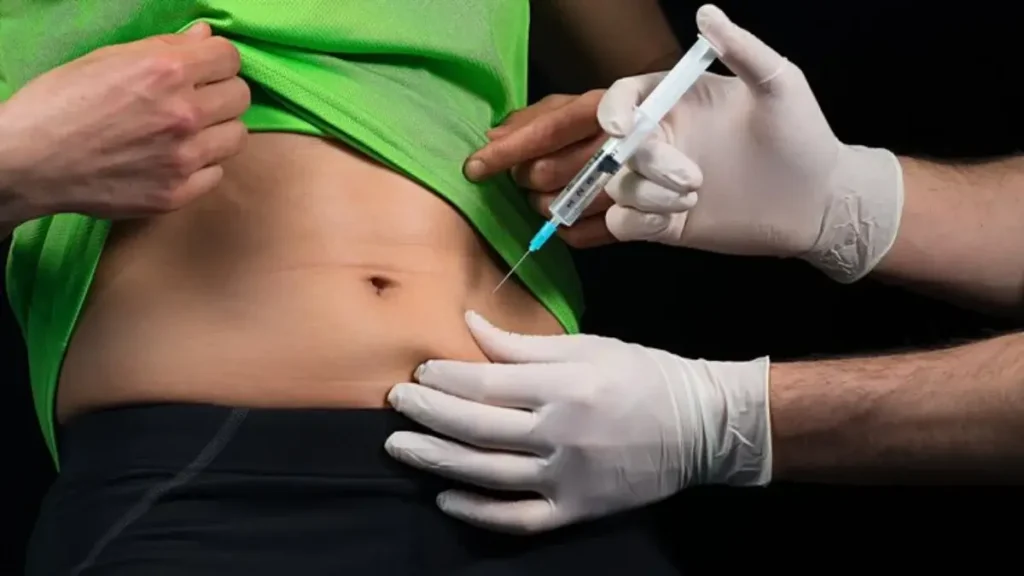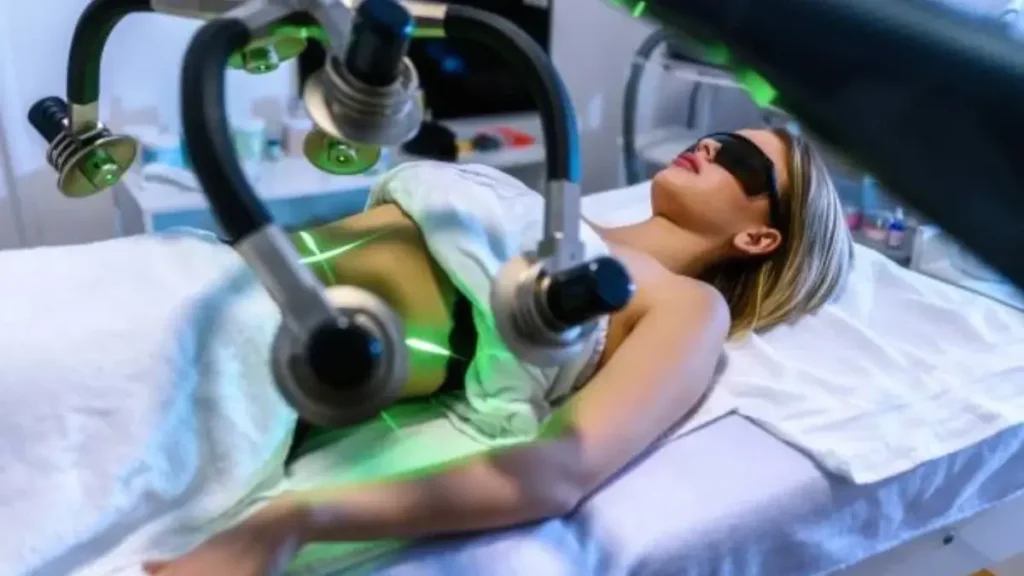HEALTH AND FITNESS
Is Liposuction Right for You? Understanding the Surgery and Its Benefits

Are you interested in making a transformation that will give your body the shapes you’ve always wanted? One of the most common cosmetic procedures performed nowadays is liposuction. When considering liposuction, it’s important to know if surgery will help you achieve your body sculpting goals or if it will only remove resistant fat from specific regions.
Table of Contents
What is Liposuction and Why is it Popular?
Liposuction is a surgical procedure that vacuums out fat from compartments, or areas, of the body. Perhaps the greatest allure of the procedure is the fact that it gives the surgeon access to particular, stubborn fat pockets that resist both diet and exercise. Most people opt for liposuction when they want to reach their body goals.

It is effective in yielding visible results while leaving lesser scaring and downtime compared to other, more invasive treatments, so it is no wonder this treatment has become so popular. This is one reason why patients love it: the treatment provides independence and freedom to target any areas in the body where fat has deposited itself, be it the abdomen, thighs, arms, or neck.
Who is a Good Candidate for Liposuction?
Liposuction results are best for patients close to their desired weight with stubborn fat pockets. Factors determining success include skin elasticity, overall health, and no serious medical conditions. A positive attitude and realistic expectations about the procedure’s outcome are crucial. Consultation with a qualified plastic surgeon is essential for determining the right candidate.
Common Reasons for Getting the Surgery
Many individuals consider it for various reasons beyond just cosmetic concerns.
- One common reason people opt for this surgery is to target stubborn fat deposits that are resistant to diet and exercise.
- Another prevalent motivation for undergoing liposuction is to enhance self-confidence and body image.
- Some people use this procedure to remove stubborn fat after considerable weight loss. This surgery can contour the physique and boost self-esteem after significant weight reduction.
Uses
- Used for body contouring for proportionate look.
- Treats gynecomastia, a condition where men develop excess breast tissue.
- Used in facial rejuvenation procedures for a youthful aesthetic.
- May be used for medical purposes like treating lymphedema or lipomas.
Benefits
- Targeted fat removal for precise contouring in areas resistant to diet and exercise.
- Improved body proportions by removing excess fat from specific areas.
- Long-lasting results when combined with a healthy lifestyle.
- Significant improvement in self-image and self-esteem after the procedure.
Understanding the Different Types of Liposuction Procedures
Liposuction has more variation, and several procedures are offered to be performed according to the particular need.
One such kind is suction-assisted liposuction (SAL), in which there is a process for cannula insertion inside the body so that it can suck the excess fat cells. It helps in precise contouring and sculpting with a minimum of scars and recovery time.

Ultrasound-assisted liposuction (UAL) is a new technique used to dissolve fat with the help of ultrasound technology and then aspirate it. Its trauma to the treated area is less, and hence the contour is much refined. One of the recent technological advancements used in this regard is ultrasound-assisted liposuction (UAL), which uses ultrasound to find fat cells.
On the other hand, laser-assisted liposuction (LAL) is an extremely precise and minimally invasive technique that allows the melting of the fat cells in situ before they are removed. It gives the benefit of smoother contours and better skin tightening, yet even more produced collagen for further risk reduction from sagging.

Power-assisted liposuction (PAL) is an ultramodern technique utilizing rapid vibration, which helps to remove unwanted excess fat from precisely treated areas. It results in smooth effects in reduced operating time and ensures rapid recovery of the patients.
Tumescent liposuction is the infiltration of saline solution with epinephrine and lidocaine; it anesthetizes the sites, enhances local anesthesia, and smoothes contours. This type of technique usually allows faster recovery and is associated with less blood loss than non-tumescent techniques.
Dry liposuction does not infiltrate or inject fluids during the operation. It may suck away extra fats using a cannula, making it less invasive. The result is a more precise shape with less recovery time required.
Understanding the Procedure: Step-by-Step Guide to Liposuction Surgery
What happens before the procedure?
First, you need to book a consultation with a board-certified plastic surgeon to find out whether you are an ideal candidate for the liposuction procedure. He will first evaluate your health and ask for the goals. Follow the preoperative instructions to minimize the risks and ensure maximal results. Preoperative tests: blood work and ECG included to ensure fitness for anesthesia.
At this stage of planning the surgery, measurements and photographs of target areas will be taken. Arrange for an adult, someone responsible, to drive you home after surgery and to stay with you for 24 hours. Supplies include the necessary items needed at your recovery area; and prescription medications postoperatively.
What happens during the procedure?
The first patient undergoes anesthesia to ensure comfort during the procedure. The surgeon then makes small cuts to remove fat from the body. Anesthesia is administered on the affected area, followed by incisions through the skin into unwanted fat deposit areas. A cannula is inserted through these incisions to suction the fat deposits.
The cannula moves with a gentle back-and-forth movement, breaking the fat cells first before sucking the content. Suction-assisted liposuction can make use of traditional ways if one prefers this way to more advanced ways, say ultrasound-assisted liposuction.

The patient may feel some pressure during the process, although no pain ensues since the area is anesthetized. The time taken for surgery varies with the amount of fat being removed and which area of the body.
After completion of the fat removal, the site is bandaged to promote healing of the tissues. Generally, patients are kept under observation post-surgery for immediate complications if any, and later discharged with detailed aftercare instructions from the medical staff.
What happens after the procedure?
A small swelling, bruising, and tenderness can follow once the surgery is done. Following the operation, this is quite normal. Your surgeon will provide detailed guidance for the care of oneself after the operation and recovery.
The Risks and Side Effects
- Common risks include infection, bleeding, scarring, and skin sensation changes.
- Serious side effects like blood clots or organ damage are rare but can occur.
- Patients should follow the surgeon’s post-operative care instructions to minimize risks.
- Temporary swelling, bruising, or discomfort may occur post-procedure.
Recovery and Aftercare Tips
- Following your surgeon’s instructions, wear compression garments to reduce swelling and manage discomfort with pain medication.
- Follow rest and recovery guidelines to achieve optimal results.
- Avoid strenuous activities and light walking to speed up recovery.
- Attend follow-up appointments to monitor progress and address any concerns.
- Patience is crucial during the recovery period, as each individual heals differently.
The Cost of Liposuction
Liposuction prices vary based on location, surgeon experience, and clinic location. It’s a costly procedure, but the benefits are worth it. Board-certified plastic surgeons can provide accurate estimates. Financing plans may be available, but the focus should not be on lowering the cost, but on choosing a good surgeon.
Alternative Options to Consider Before Choosing Liposuction
- Adopting a healthy diet and regular exercise for targeted fat loss.
- Non-invasive body contouring treatments like CoolSculpting or SculpSure.
- Consult with a qualified nutritionist or personal trainer for personalized weight loss strategies.
- Exploring minimally invasive procedures like laser therapy or radiofrequency treatments.
- Researching and considering all available options based on individual preferences and desired outcomes before committing to liposuction.
Is liposuction painful?
This is actually a painful procedure, but local anesthetic minimizes the pain the patient feels during the procedure. It is a common after-effect to have soreness of a mild-to-moderate level and swelling, but pain medication and rest help to reduce them. It’s crucial to discuss pain management concerns with your plastic surgeon before the procedure.
Conclusion
In simple terms, if one has ever tried to lose stubborn fats in certain body parts and now looks forward to having the perfect body shape or contour, then liposuction would be the best friend. Understanding the surgery and what it has for you, and therefore, it can guide you in making informed decisions about the surgery. Always consult with experienced and reputable doctors before you even think of having any kind of surgery done. With good, informative research and guidance, liposuction may just be your way toward enhancement and esteem.
-

 GENERAL3 days ago
GENERAL3 days agoChristofle – For Those Who Dream of Family Heirloom Silver
-

 GENERAL2 months ago
GENERAL2 months agoUncovering the World of кинокрадко: The Dark Side of Film Piracy
-

 GENERAL2 weeks ago
GENERAL2 weeks agoUnveiling the Art of преводсч: How Translators Bridge Language Barriers
-

 YOGA3 weeks ago
YOGA3 weeks ago4 Person Yoga Poses for Beginners





























